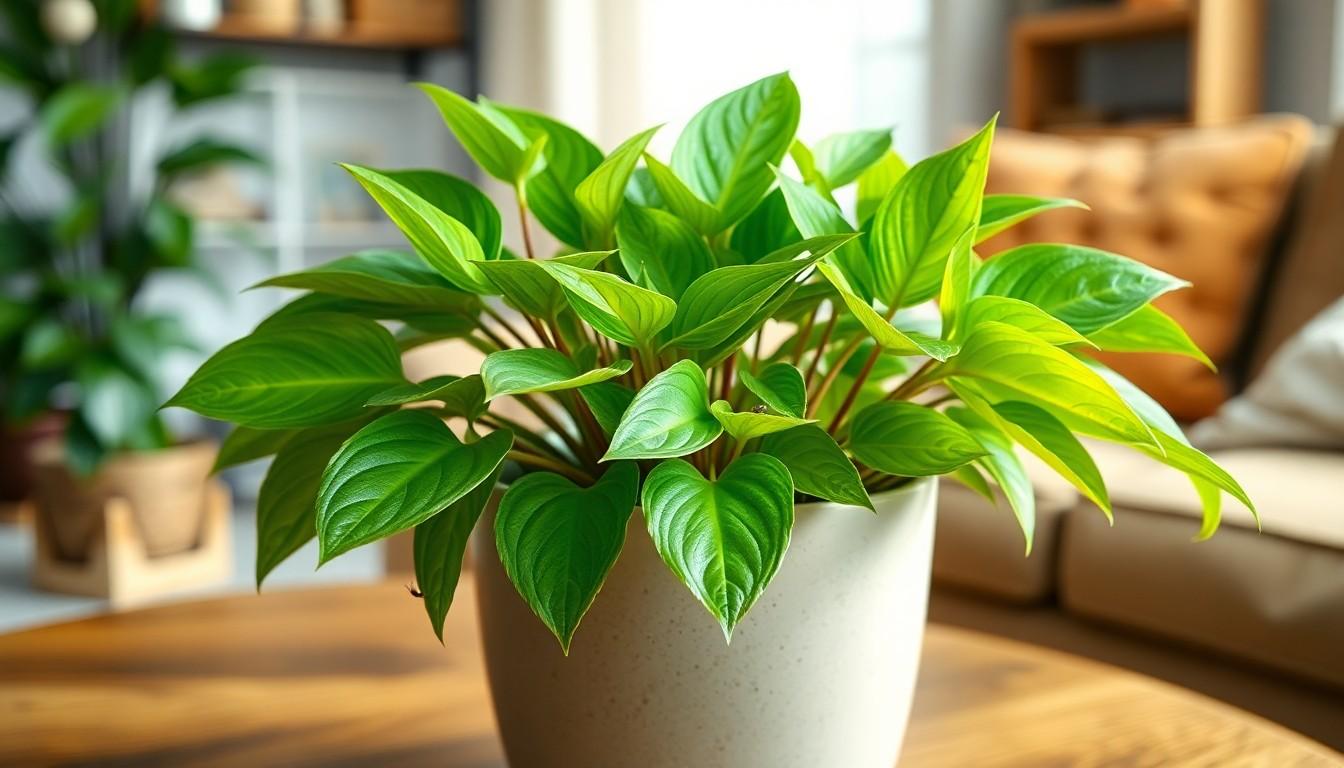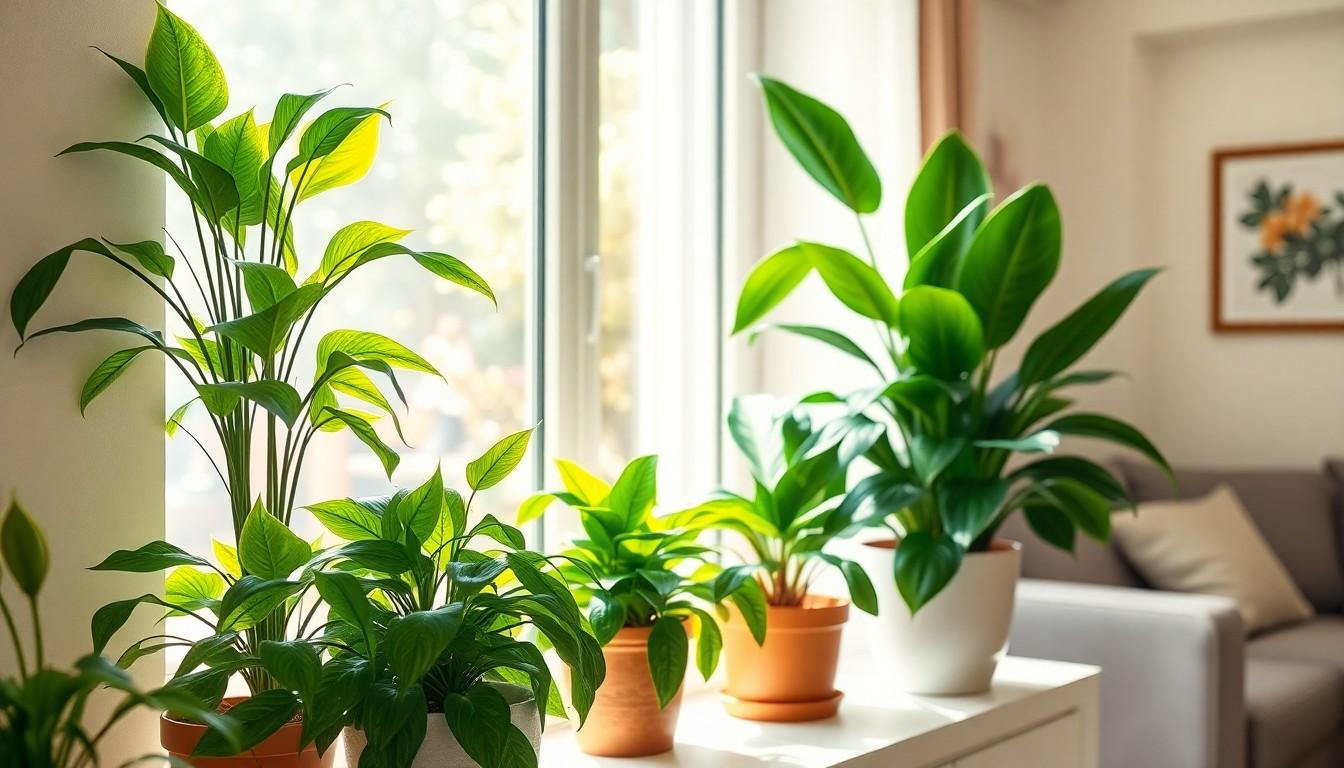House plants can turn any dull room into a vibrant oasis, but they might come with some unexpected guests. If you’ve ever found a tiny critter lounging on your favorite fern, you know the struggle. Do house plants attract bugs? The answer is not as clear-cut as one might think.
While plants bring life and color to your space, they can also roll out the welcome mat for unwelcome insects. But don’t panic just yet! With a little knowledge and some clever strategies, you can keep your plant pals thriving while keeping the bugs at bay. Let’s dig into the buzz surrounding house plants and their potential to attract those pesky pests.
Understanding House Plants and Bug Attraction
House plants can beautify spaces but may also attract insects. Knowing which plants invite pests helps in choosing the right ones.
Common House Plants
Popular choices like spider plants, pothos, and peace lilies thrive indoors. These plants often draw aphids and spider mites. Succulents, on the other hand, attract fewer bugs due to their lower moisture needs. Fiddle leaf figs and rubber plants also hold appeal but may invite scale insects. Maintaining proper watering habits minimizes the likelihood of infestations. Choosing plants resistant to pests can create a harmonious indoor environment.
Natural Bug Repellent Properties
Certain house plants possess natural bug repellent qualities. For instance, citronella and lavender deter mosquitoes effectively. Herbs like basil and mint act as natural deterrents for various pests. Growing these plants alongside others may prevent unwanted insect visitors. Neem oil can also provide additional protection, acting as a natural pesticide without harming the plants. Incorporating these varieties into a collection enhances beauty while reducing pest risks.
Factors That Attract Bugs to House Plants

Several factors can lead to bugs finding a home in house plants. Understanding these elements helps in preventing pest infestations.
Moisture and Humidity
Moist environments often attract pests. High humidity creates ideal conditions for insects like aphids and fungus gnats. Overwatering plants leads to excess moisture in the soil, which can also promote mold growth. Mold invites pests that thrive in damp conditions. Ensuring proper drainage and avoiding waterlogged soil reduces the chances of attracting unwanted insects. Maintaining balanced humidity levels keeps plants healthy and discourages bug infestations.
Soil Quality
Poor soil quality can attract insects. Nutrient-rich soils support healthy plant growth but may also lure pests searching for food sources. Compacted or overly dry soil can create an unhealthy environment for plants, making them more vulnerable to pests. Organic material in the soil may attract pests like root maggots. Choosing high-quality, well-draining potting mixes significantly minimizes the risk of bugs while promoting plant health. Regularly checking and refreshing soil enhances overall plant vitality and deters pests.
Types of Bugs Attracted to House Plants
House plants can attract various bugs that affect their health. Understanding these pests helps maintain a thriving indoor garden.
Aphids and Mealybugs
Aphids are tiny, soft-bodied insects often found on house plants. They suck sap from plants, leading to yellowing leaves and stunted growth. Mealybugs, on the other hand, appear as white, cotton-like clusters. These pests also feed on plant sap and can cause significant damage if left untreated. Both aphids and mealybugs thrive in high humidity and can reproduce rapidly. Effective control methods include using insecticidal soap or neem oil, which can eliminate these pests without harming the plants. Regular inspection of plants enables early detection, ensuring a healthy environment.
Spider Mites and Thrips
Spider mites are small pests that thrive in dry conditions, causing stippling and webbing on leaves. These arachnids are difficult to spot until they cause visible damage. Thrips are another concern for house plants. These slender insects create silver streaks on leaves as they feed on plant tissues. Plants with poor air circulation often attract these pests. Their presence can lead to secondary infections, which further weaken the plants. Implementing measures like increasing humidity and regularly washing leaves can help deter both spider mites and thrips.
Preventing Bug Infestations in House Plants
Maintaining healthy house plants also means protecting them from pests. Effective strategies significantly reduce the likelihood of bug infestations.
Best Practices for Plant Care
Proper watering practices prevent excess moisture that attracts pests. Maintaining good air circulation around plants helps avoid stagnant humidity that can foster insects. Regularly cleaning leaves removes dust and deters pests from settling. Using high-quality potting soil provides nutrients while minimizing pest appeal. Rotating plants occasionally ensures even light exposure, promoting vigorous growth and resilience against pests. Lastly, closely monitoring plants for signs of trouble catches infestations early.
Chemical and Natural Remedies
Using natural remedies, such as neem oil, effectively protects plants against pests. Insecticidal soap offers another option for treating infestations without harming the plants. Spraying plants with a diluted solution of dish soap and water eliminates soft-bodied insects. Incorporating bug-repelling plants like lavender naturally deters mosquitoes and other pests. Introducing beneficial insects like ladybugs supports natural pest control within the indoor environment. Regularly applying these remedies secures plants from potential bug issues.
Conclusion
House plants can undoubtedly enhance any living space but they also come with the potential for pest challenges. By understanding the specific needs of each plant and implementing effective care strategies it’s possible to minimize bug attraction. Choosing pest-resistant varieties and maintaining proper humidity levels play crucial roles in keeping insects at bay.
Regular inspections and proactive measures like using neem oil or insecticidal soap can protect plants from common pests. With the right approach house plants can thrive in a bug-free environment allowing their beauty to shine without unwanted visitors.

